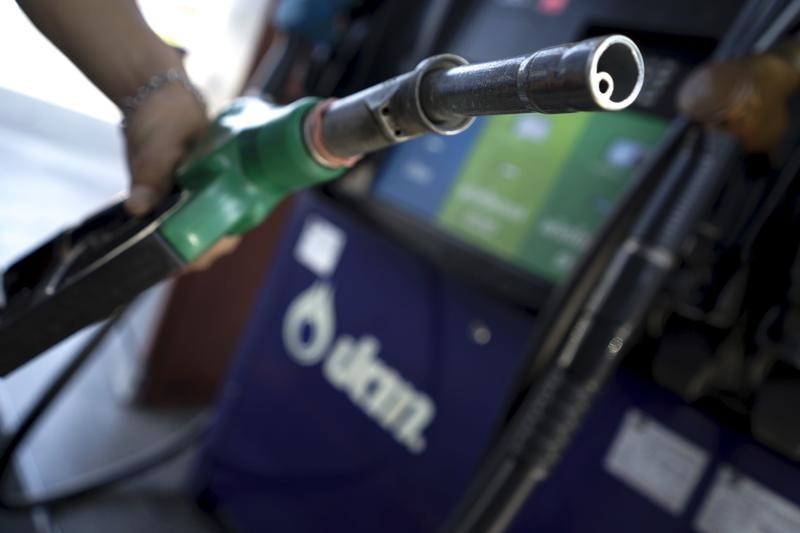Oil prices dip after bumper Fed cut sparks little cheer; US inventory data mixed
Oil prices fell in Asian trade on Thursday following a mixed reading on U.S. oil inventories, while an outsized interest rate cut by the Federal Reserve sparked some concerns over a slowing economy.
Crude prices had rebounded sharply from near three-year lows over the past week. But this rebound now appeared to be running out of steam amid persistent concerns over slowing demand, especially in top importer China.
A string of weak economic readings from China for August severely dented sentiment towards the country.
The Fed’s rate cut also showed the central bank concerned over a slowdown in the labor market, potentially heralding more economic headwinds in the coming months.
Brent oil futures expiring in November fell 0.3% to $73.41 a barrel, while West Texas Intermediate crude futures fell 0.3% to $69.65 a barrel by 20:52 ET (00:52 GMT). Fed rate cut elicits mixed reaction
The central bank cut interest rates by 50 basis points on Wednesday- the upper end of market expectations- and announced the start of an easing cycle that will see rates fall further.
While lower rates usually bode well for economic activity, the Fed’s aggressive cut sparked some concerns over a potential slowdown in economic growth.
While Fed Chair Jerome Powell helped soothe some of these concerns, he also said that the Fed had no intention of returning to an era of ultra-low interest rates, and that the central bank’s neutral rate was likely to be much higher than seen in the past.
His comments indicated that while interest rates will fall in the near-term, the Fed was likely to keep rates higher in the medium-to-long term. The dollar rose tracking Powell's comments, which pressured crude markets. US inventories fall, but product stockpiles up
Government data released on Wednesday showed a bigger-than-expected, 1.63 million barrel draw in inventories .
While the draw was much bigger than expectations for a draw of 0.2 mb, it was also accompanied by builds in distillates and gasoline inventories.
The builds in product inventories sparked increased concerns that U.S. fuel demand was cooling as the travel-heavy summer season wound to a close.
Source: Investing.com
